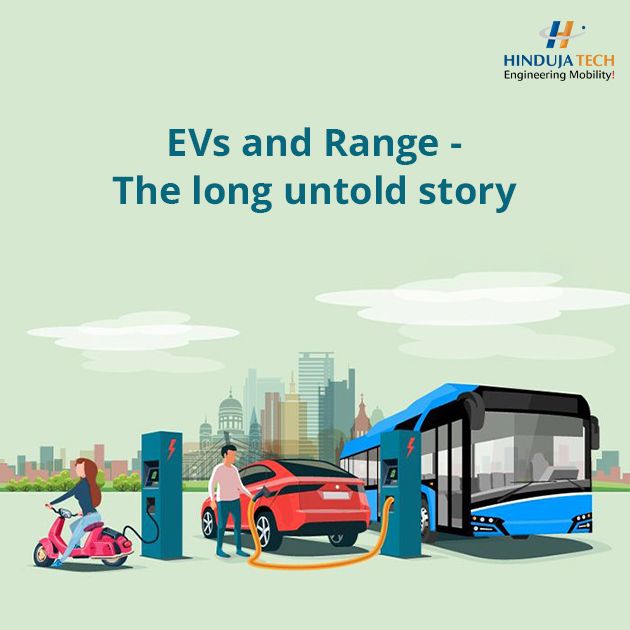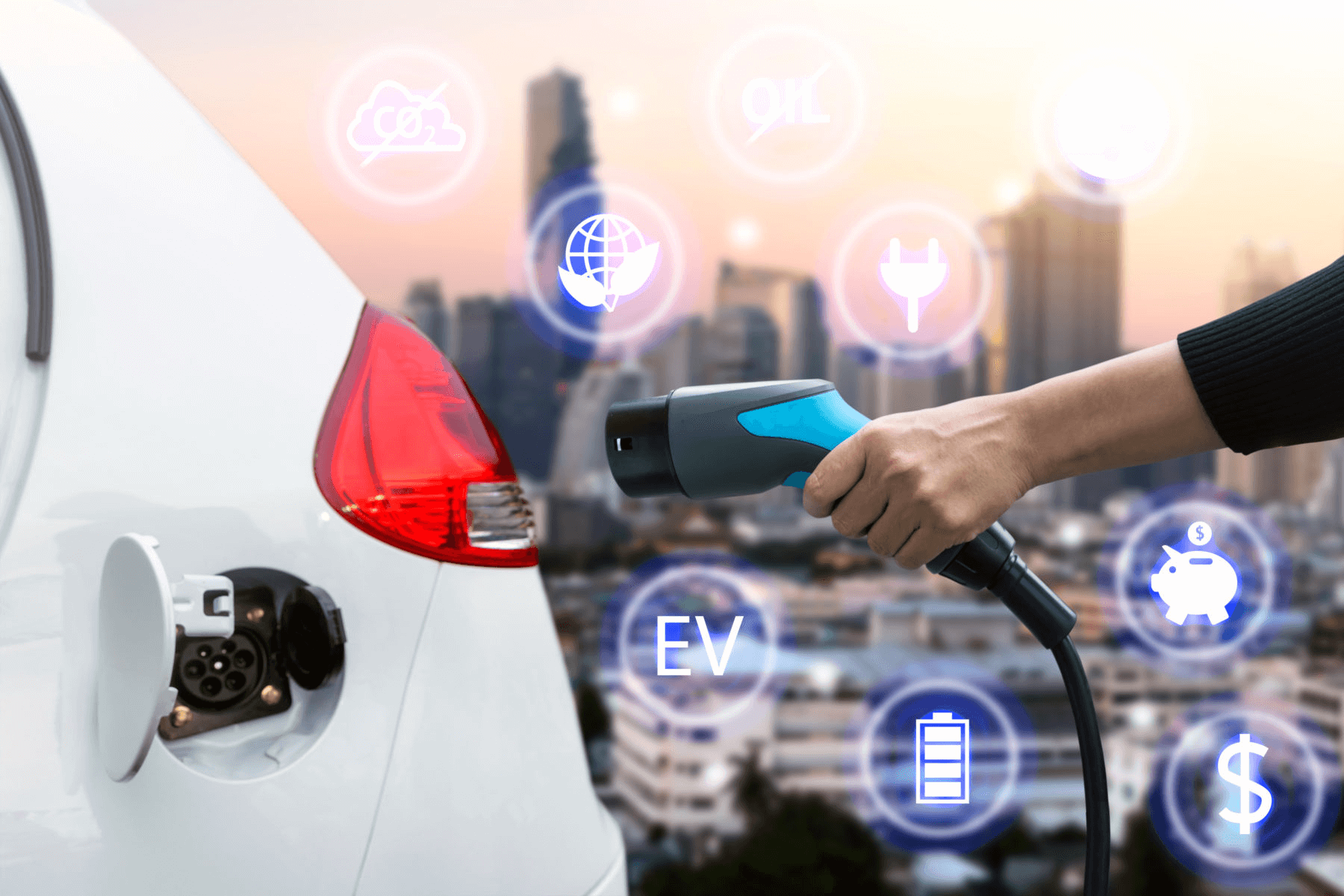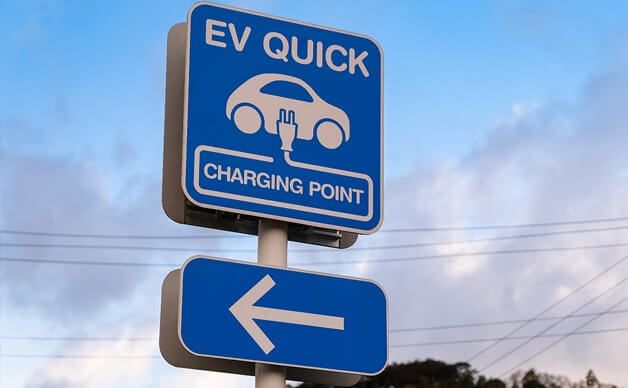EVs and Range – The long untold story
by Admin.

The first innings Electric vehicles outsold IC Engines by ten to one. Yes, I know you are thinking this is probably a lie or forecasting the future or even I’m out of my senses. It is a fact I had to check probably a hundred times from different sources, unfortunately, there wasn’t a way to call up my great grandfather. Early in the 18th century, Inventors like Thomas Davenport and Thomas Edison had been experimenting with electric motors, lead acid batteries and nickel alkaline batteries which led to the development of Electric carts and carriages. In 1896, the first car dealership was started exclusively for EVs, in fact, companies like Oldsmobile and Studebaker started out as Successful EV companies, only later did they transition to gasoline powered vehicles. Over the years, EV gained popularity, even though they were produced at a very small scale and mostly built by hand.
The downfall on the other hand, in the year 1913, Henry Ford, inspired by a butcher shop, invented the motorized assembly line for mass production of gasoline vehicles, then 90% of EV manufacturers perished due to individuality and the funds to source a large number of components. Further development of better road infrastructure and discoveries of petroleum fields, made long distance travels possible but due to non-existent infrastructure of electricity outside the city limits, severely limited the driving range of EVs, which in turn increased the popularity of IC Engine Vehicles due to their unmatched refueling infrastructure. With reduced range, the popularity and usage of EVs started to reduce, finally stopping the production of Electric cars, and EVs became niche vehicles- serving as delivery vans, freight handlers and golf carts.
The rebirth of EVs had a second chance during the Oil crisis in 1973, when the OPEC (Organization of Petroleum Exporting Countries) members, started an oil Embargo, creating a need for alternative sources of energy. Later in the 1990s, due to concerns related to increasing air pollution and depleting energy resources, major carmakers resumed the manufacturing of EVs – prompted by the CARBs( California Air Regulatory Board) ZEV (Zero emission vehicles) mandate. However, due to various reasons and conflicts, the ZEV mandate was slowly weakened and all the EVs were destroyed (the ones which were sold also).

Slowly the support and prompt from EAA (Electric Auto Association) and others who were concerned about the environment, along with the technological advancement such as Lithium-Ion battery, Metal Oxide semiconductors, advanced battery management systems, ECUs which led to the production of the first BEV in 2008 with a range of 320 km and a charging time of 9.5 hours. Initially, only very few countries like the USA, Japan, and China welcomed the alternative mode of transport as a measure to reduce the emission levels. Over the years more than 20 countries have taken the initiatives and are planning to stop the use of ICE completely.
Pre – purchase cognitive Dissonance ‘Will I be able to reach office with the remaining charge/ fuel?’
‘What if I get stranded in the middle of the road?
‘How will I again recharge/refuel my car?
‘How long will it take to charge my car?
242 million searches related to distance and range of an EV, gives us a perspective on why people are hesitant or reluctant to go for EVs. Range is one of the main factors which affect the acceptance rate of EVs along with various factors that indirectly or directly influence range such as battery cost, purchasing cost and charging time. . Cost of battery manufacturing and how it increases the retail price. The extraction of raw materials for the battery or the technology and infrastructure required to produce battery packs in full scale is nowhere near to the advanced technologies, supply chain and cost saving methods for the development of IC engines. That said, the cost of a battery alone comprises 40% of total EV cost. Also taking into account that it has taken hundreds of years for the ICE to evolve and achieve where we are today in terms of performance and efficiency, the EV industry will be able to achieve the same in a relatively shorter period of time considering the exponential adoption of EVs across the globe that is expected to happen in the coming years. With additional support from the International governments and the pressure of climate change hanging our human heads, it will be a reality in the near future.
Regulations and Impact Repeated, widespread support and initiatives from governments are being taken to reduce the gap between the price range of EVs and ICE vehicles by providing support funds, implementing subsidy programs and VAT Exemptions. For instance, The American Recovery and Reinvestment Act (2009) was an unprecedented action to stimulate the economy. It included measures to modernize the nation’s energy and communication infrastructure and enhance energy independence for battery manufacturing projects, vehicle component production, construction of production facilities and demonstration projects. Initiatives such has FAME (Faster Adoption and Manufacturing of Hybrid & Electric Vehicle) in India, and EVI (Electric Vehicles Initiative) were launched with the goal of accelerating EV’s adoption. Despite such efforts, the adoption rate has been slow because it is important to understand possible and likely EV adoption trends and factors such as charging infrastructures, charging time, consumer perception and travel distance that more effectively affect rates of uptake of EVs.
The current state of infrastructure Due to the limited range of EVs, the development of charging infrastructure plays a critical role in EV adoption. However, it is still not clear as to how and where the infrastructure should be and how optimized it should be. Recent research suggest that at least 1 charging station with 2 fast( 7- 22KW) charging ports (2-3 Hours for a full charge) and one rapid( 43- 120 Kw) charger (30-60 minutes) is necessary within a Grid of 3X3 kilometers for a well-planned charging network. It would be more appropriate if the government can invest in EV infrastructure as a public good which would be more suitable for subsidies and policies. Also, technologies like wireless charging similar to a wireless phone charger works on resonant magnetic induction, where it makes use of the air gap to transfer electricity from one magnetic pad which is placed on the ground to another placed on the bottom of the car which could be helping saving lot on infrastructure cost and space. Another example would be the Pantograph super chargers which can charge Electric buses within 3 minutes. Niche technologies like this are a boon and only a handful of organizations can do them. Check out this website for more. Hinduja tech
Long distance relationship – let’s not ignore the pun The average distance travelled by an individual on a single day is 35 miles/ 56 Km while the average range of an EV is 90 Km which will further increase over the years with the development of better technology and ease of accessibility to charging infrastructure. The average distance an EV can travel on a single charge has doubled in the last six years. Optimization of existing lithium-ion batteries, along with the introduction of new materials for the battery cell materials will result in incremental improvements in reduced charging times, increased charge density and better thermal management resulting in a better range. Also, advanced Battery Management Systems developed by companies like Hinduja Tech can help in increasing safety, range and reducing the mass of the battery pack. The term range anxiety is sometimes laid thick because most of the times due to the way our brain functions, the anxiety transforms into fear.
The realistic future of mobility EVs are disruptors – replacing IC Engines which has 400- 500 parts, with the electric motor which has only around 20 parts. The EVs single speed transmission replaces the multi geared gearbox and DGS clutch system which will together reduce the cost of manufacturing by a third. The high development cost of batteries can be reduced by ESPs, and the best pick would be Hinduja Tech which incorporates Frugal Engineering as their core value is to reduce Product cost and Engineering cost by 15 – 30%.

Furthermore, new breakthrough products such as battery swapping, lithium-air batteries, alternative metal-ion batteries, solid state technology and high energy capacitors which are still developing at an exponential rate will increase the range and reduce the cost and charging time. The problem of Range is applicable only when the commute is twice or thrice the actual range of an EV, where there might be no access to charging infrastructure or even if there is one you will have to make multiple stops for more than an hour to charge it. Otherwise, it is just your daily commute to your workplace with the usual traffic but with smoother riding experience and less noisy vehicles. Oh also no Exhaust gases.
References: https://en.wikipedia.org/wiki/History_of_the_electric_vehicle, History of Electric vehicle. https://www2.deloitte.com/content/dam/Deloitte/uk/Documents/manufacturing/deloitte-uk-battery-electric-vehicles.pdf https://thedriven.io/category/faqs/ https://eaa-1967.clubexpress.com/content.aspx?page_id=22&club_id=222684&module_id=296550 https://www.zap-map.com/charge-points/
About Author
Subscribe to Email Updates
FOLLOW US ON
LinkedIn @Hinduja Tech Limited
Categories
- Body Engineering (0)
- Digital Services (4)
- Electric & Future Mobility (8)
- Product Engineering Services (2)
- RelAI (1)
- SAP (1)
- Thermal Management (1)
- Commercial Vehicle (2)
- Industrial simulation (3)
- Supply chain engineering (1)
- Ergonomics (1)
- Human simulation (1)
- Automotive (1)
- Manufacturing (1)
- General (1)
- Sustainable (4)
- Engineering (7)
- Innovation (2)
- Electronics (0)
- CAE (1)
- Digital Technology (0)
- Supply Chain Management (1)
- vehicle electronics & software (0)
- vehicle engineering (0)
- Mobility (2)

